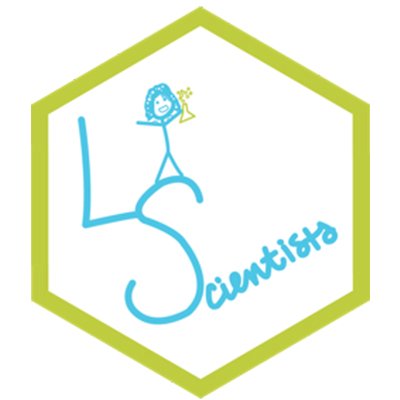We have discussed the learning styles myth in different blog posts and you can find all of our posts in this topic here. Briefly, the idea of learning styles is that if you assess the learning styles in students and then match instruction accordingly to their self-reported learning style, their performance will be better than when they are instructed in a way that misaligns with their learning style. There is, however, no empirical evidence suggesting that tailoring to learning styles is effective for learning. A very recent series of experiments published this year (1) goes one step further and looks at how awareness of learning styles can affect the perception of student abilities in teachers, parents, and children. Put differently, being told that students are ‘visual’ versus ‘hands-on’ (kinesthetic) learners, changes our perception of the abilities and intelligence of these students. This is quite alarming and adds to the evidence that learning styles are not only ineffective for learning but potentially harmful. But I’m getting ahead of myself. Let’s look at the evidence first.
They conducted three experiments.
-
In Experiment 1, children (6-12 years old) and parents were given the description of two students with one being described as someone who “learns best by using their hands…when they can touch and feel things with their hands” (kinesthetic learner) and another being described as someone who “learns best by using their eyes…when they can look and see things with their eyes” (visual learner). Then, they were asked how smart they think each student is and how sporty each student is.
-
Experiment 2 was similar to the first experiment with two differences: First, instead of children, the researchers investigated parents and teachers. Second, this time the participants were asked which of the two students (visual learner versus hands-on learner) is smarter/sportier. So, they had to make a choice between the two learner types. In addition, they were prompted to list the school subjects the respective students would likely excel in.
-
In Experiment 3, teachers and parents were asked to guess the grades the two students would get on their report cards for different school subjects (e.g., arts, music, math, language).

